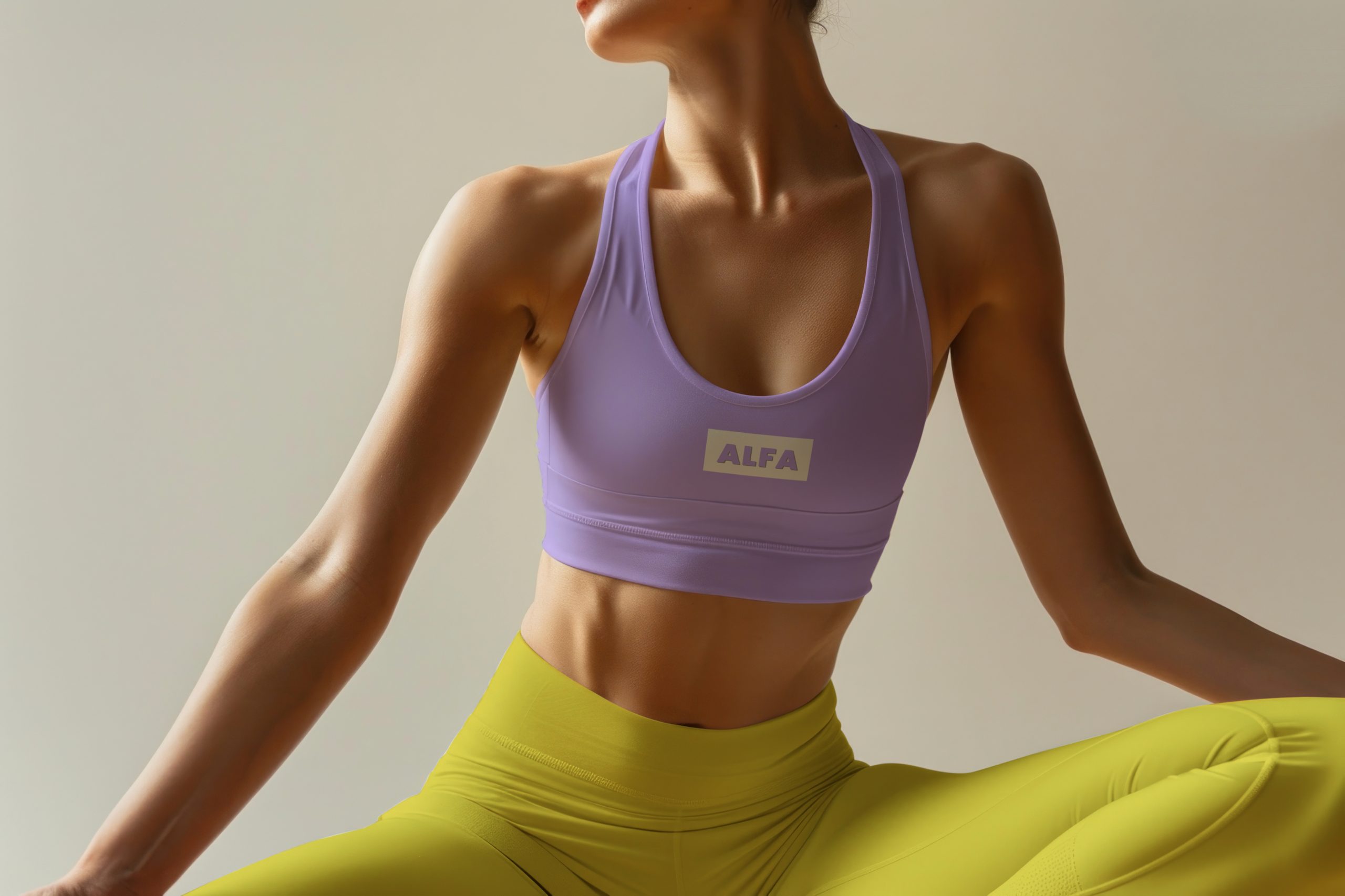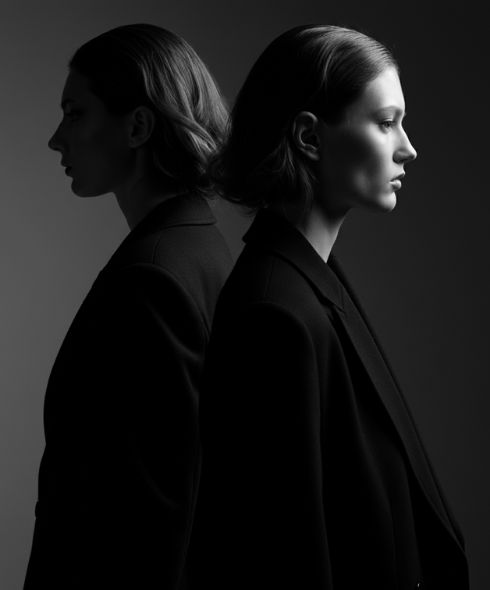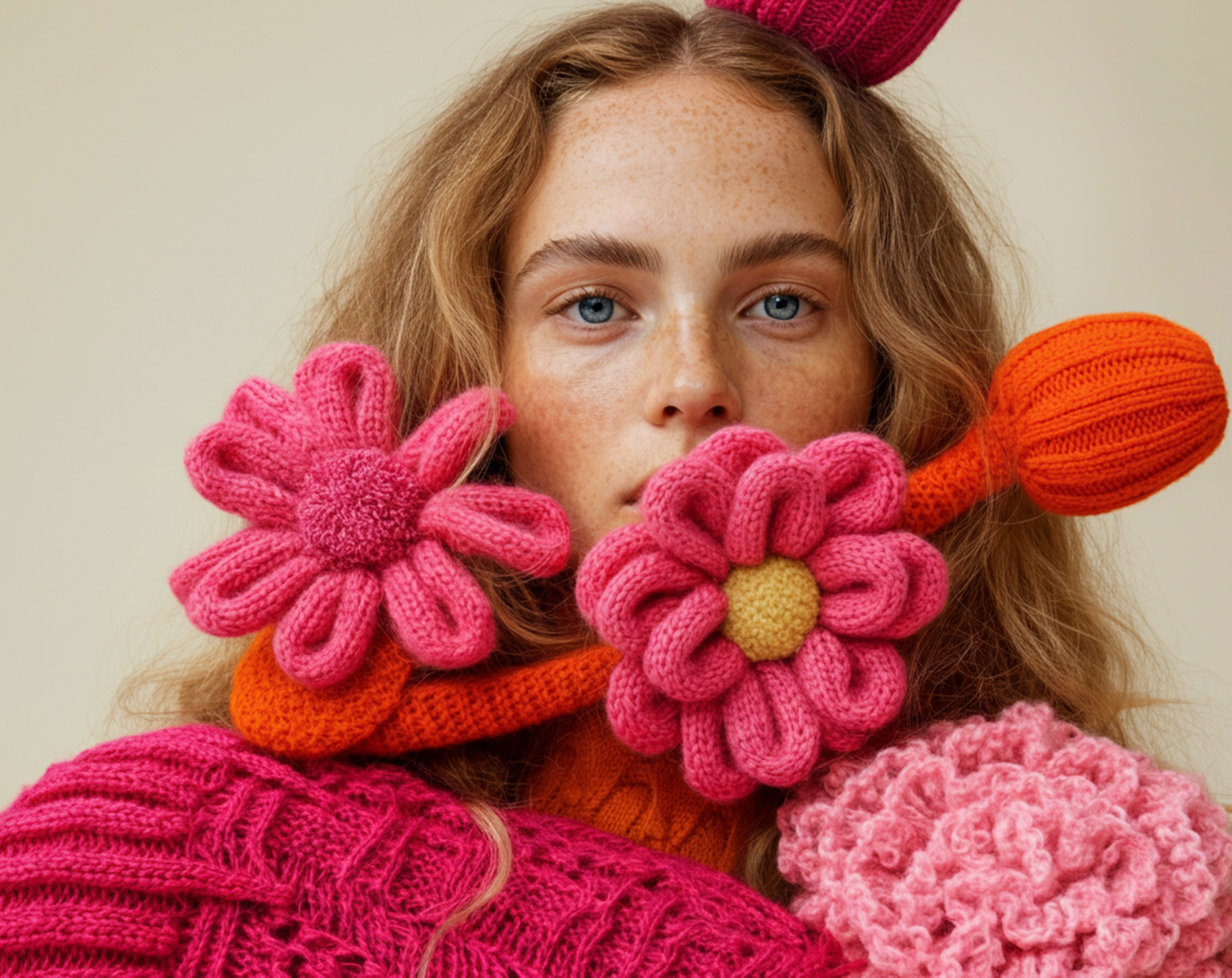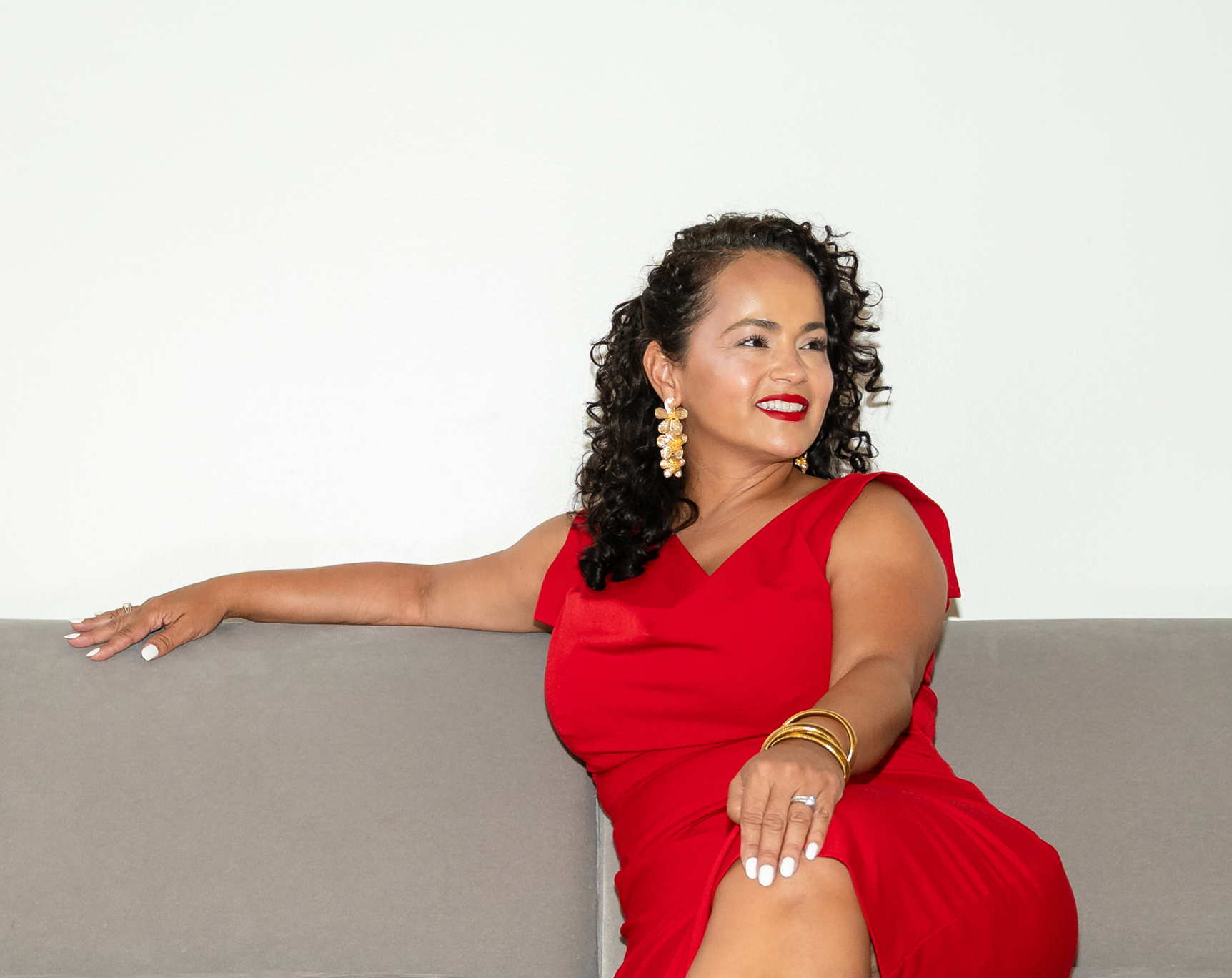Getting dressed to move has never felt more urgent. Not for aesthetics. Not for trend. But for context.
Because in a world on fire, climatically, emotionally, sensorially, the body no longer needs adornment. It needs answers. And that realization is redefining an entire category.
Activewear has shed its uniform status. It’s now intelligent. Pieces that filter sun. Fabrics that regulate temperature. Structures that prevent irritation, that dry in seconds, that respond to sweat, wind, and the thermal map of your skin.
You didn’t notice it? Exactly. That’s the point.
WE NO LONGER DRESS THE BODY. WE INHABIT IT.
The most advanced textiles aren’t in haute couture. They are in technical sportswear. Not because we’re in a wellness era. But because, finally, we’ve understood that training is not exposure, it’s care.
When you move, your body becomes exposed territory: To UV rays.
To overheating.
To dehydration.
To friction.
That’s why it’s no longer enough to dress “nicely” or “athletically.” You have to dress with intention, based on where you are, how you move, and what your climate demands. A woman running at 1,500 meters above sea level doesn’t need what someone training in humidity does.
Geography matters. Altitude matters. But most of all, the body, its shifts, its cycles, its thresholds, matters. Skin that changes with the cycle, that responds to weather, that feels every touch like a language… doesn’t need decoration.
It needs fabrics that know how to accompany without invading. And that is the line between common activewear and the new generation of garments that understand that protection isn’t about covering, it’s about consideration. Design isn’t molding. It’s listening. And dressing, in this new code, is care.
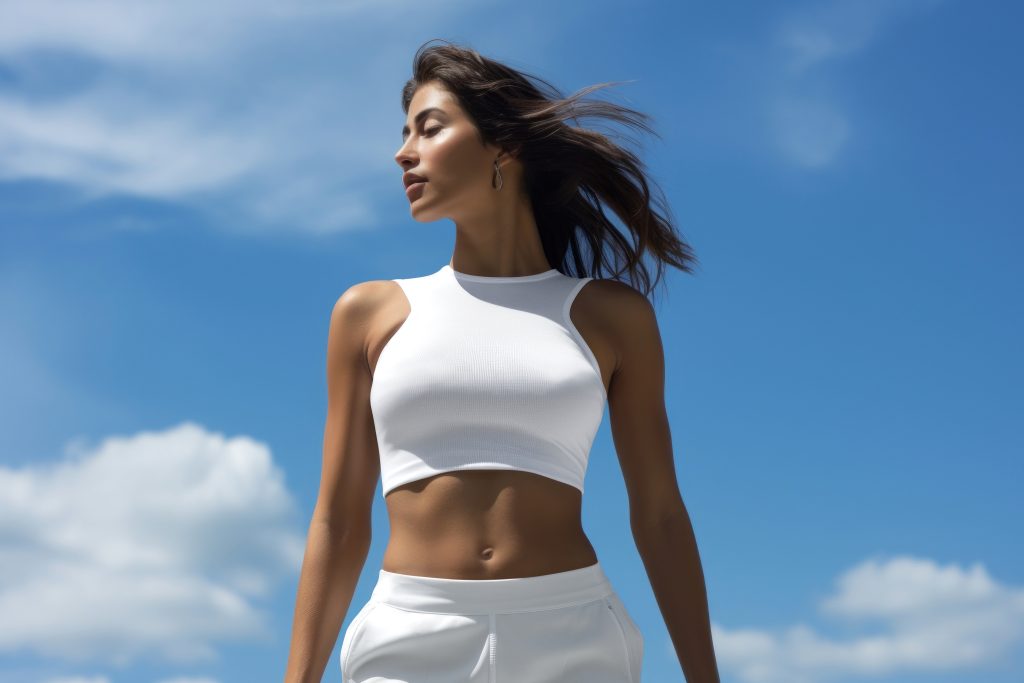
Brands designing with the real body in mind:
OYSHO — THE LUXURY OF PROTECTIVE SOFTNESS
Oysho doesn’t shout “sport.” Its garments act with surgical discretion. Its technical tees offer UPF40+ sun protection, quick-dry breathability, and cuts that honor form without sculpting it.
Made for those who train under sunlight without wanting to wear armor.
The radical detail? They feel like skin. That’s called thoughtful design.
NIKE — MOVEMENT THAT ANTICIPATES
Nike’s Dri-FIT UV technology doesn’t just keep you dry. It understands how your body behaves when it moves.
It functions like an internal regulation system.
And yes, it includes sun protection for those whose workout is written in outdoor miles.
Nike doesn’t design for effort.
It designs for everything that effort implies.
ADIDAS — WEARABLE SCIENCE IN SHADOW MODE
With its Climachill line, Adidas imagined the unthinkable: cooling without electricity.
Fabrics engineered to disperse heat. Textiles with UPF50+ protection. Designs that look like urban streetwear but function like internal architecture.
Adidas doesn’t dress athletes.
It dresses responsive systems in motion.
UNDER ARMOR — SILENT PRECISION
The Iso-Chill proposal isn’t about making you look “fit.”
It’s about keeping you regulated.
Thermal regulation, controlled airflow, and sun protection you don’t feel—but that performs.
Its brilliance isn’t in promising a better version of you.
It’s delivering a more stable, calmer, healthier you.
PUMA — SUSTAINABLE PERFORMANCE. NO AESTHETIC WASTE.
Puma’s dryCELL technology doesn’t just keep skin dry. It does so without ethical cost.
Recycled materials and clean design lines prove that you can care for your body without harming the planet.
Puma’s uniqueness? It doesn’t compete with excess.
It competes with sense.
In an industry that often rewards the loudest, Puma reminds us that moving consciously begins with choosing wisely.
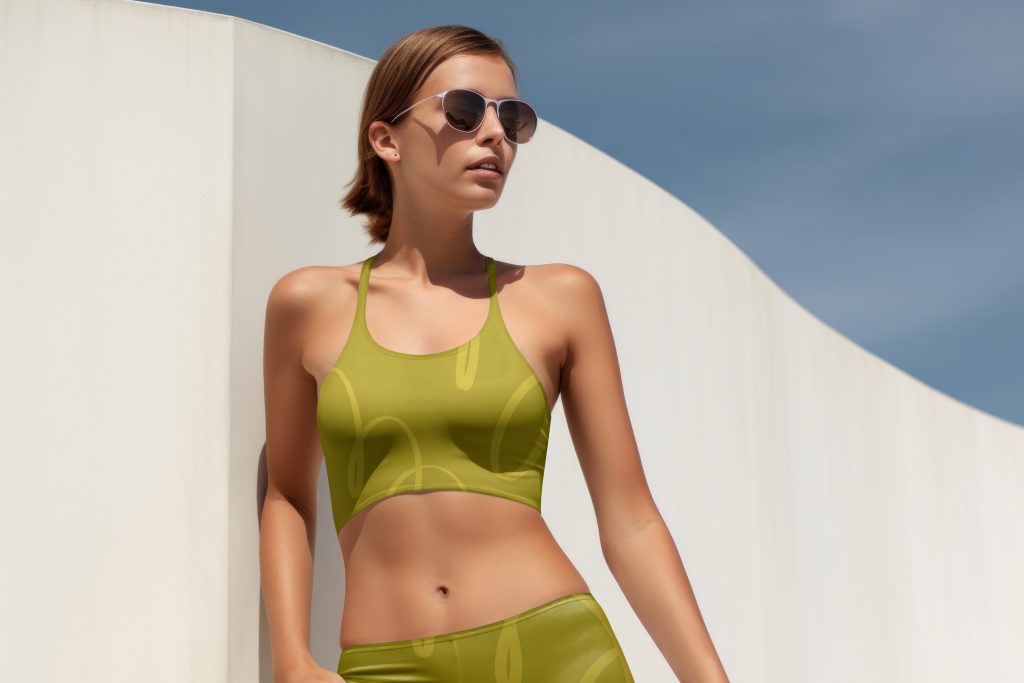
This isn’t about aesthetics. It’s about respect.
For your skin. For your nervous system. For your thermoregulation. For how your body reacts at 95°F with 80% humidity. For what it means to sweat, to chafe, to overheat, to dry out. The activewear that matters today doesn’t just flatter. It preserves. And that is more revolutionary than any reflective print.
Because protection is a statement.
There’s no greater power than knowing your clothes are working with you.
That you’re no longer choosing between looking good or feeling good.
That movement isn’t exposure. It’s safeguarding what matters.
The body doesn’t need to appear “fit.”
It needs to be well inhabited.
And these garments don’t beautify it.
They hold it. They care for it. They understand it.
And in a world oversaturated with empty performance,
that may be the most radical form of beauty left.
